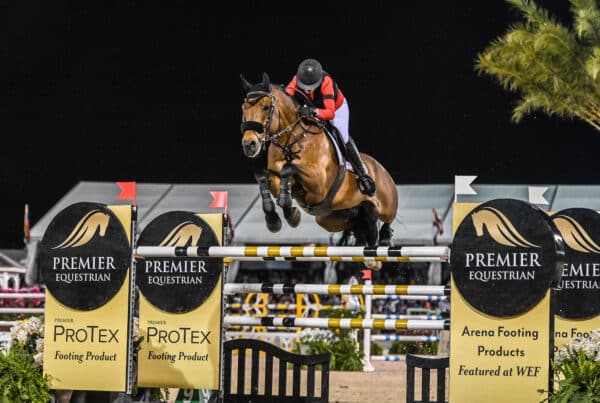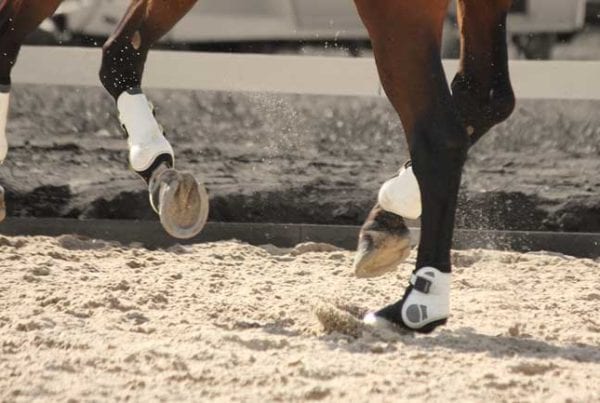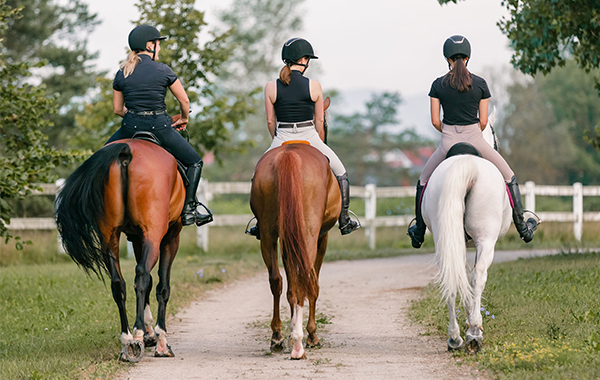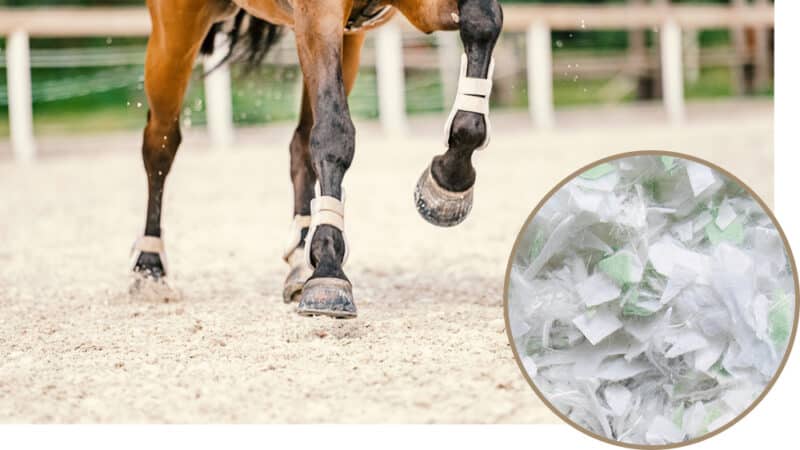
Choosing the right arena footing for your horse is critical to performance, safety, and long-term arena health. While fiber additives like ProTex, TruTex, and German Geo Textile are often promoted as essential components of a high-performance riding surface, they are not a silver bullet. The real foundation of great footing starts with one key ingredient: sand.
Why Fiber Isn’t the Full Story
Many riders and facility owners assume that fiber footing products determine surface quality. But fiber alone doesn’t make footing too soft, too hard, or unsafe. In fact:
- Footing failures are more often caused by poor sand, not fiber additives.
- Fiber doesn’t directly cause injuries—the wrong sand composition does.
- Additives can enhance the characteristics of sand, but cannot fix bad sand.
“Footing failures are more often caused by poor sand than by any fiber additive.” —Heidi Zorn, President, Premier Equestrian
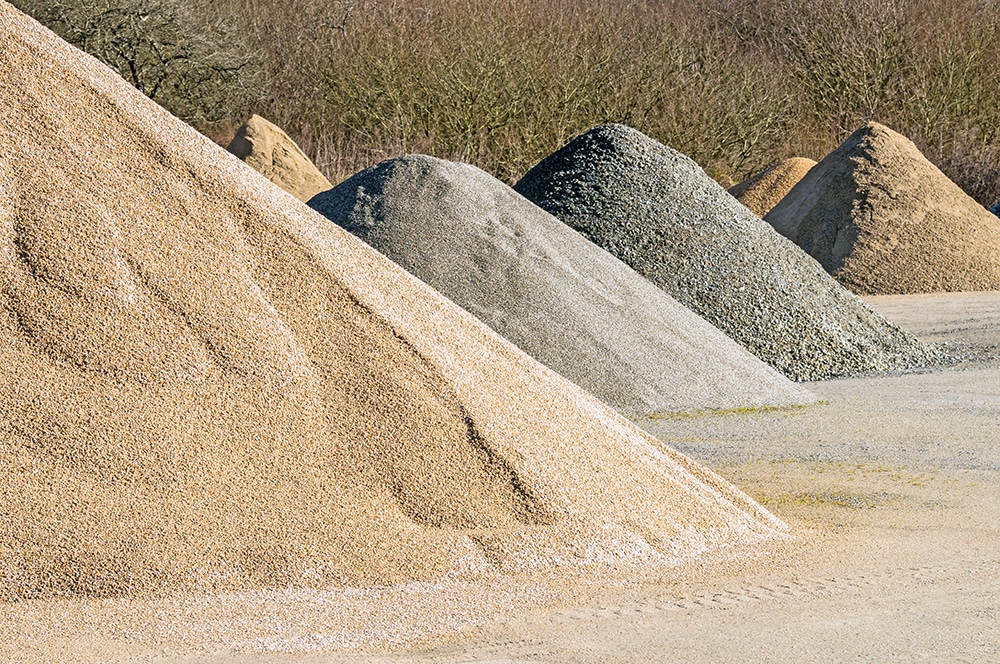
What Makes Sand So Important?
To build a consistent, safe surface, you need the right sand—plain and simple. Key traits of high-quality arena sand include:
Correct particle size and shape
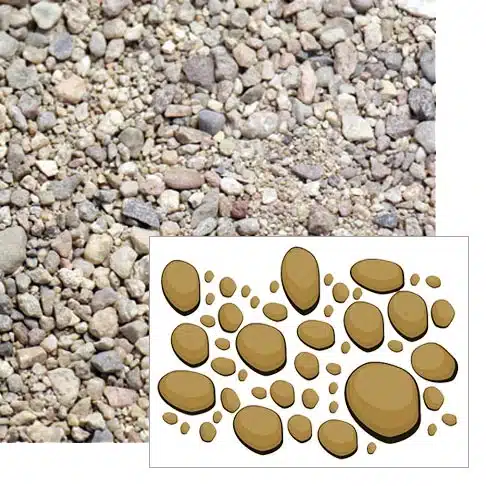
Low dust potential

Compatible with fiber products
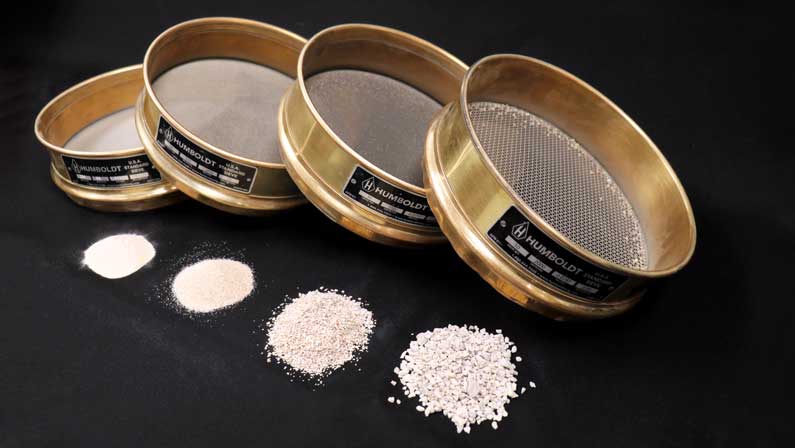
Ability to retain moisture without compacting
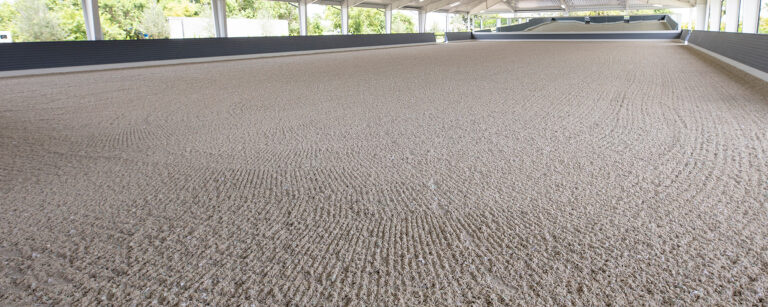
According to Premier Equestrian, the ideal arena surface should be
98.4% sand and 1.6% fiber.
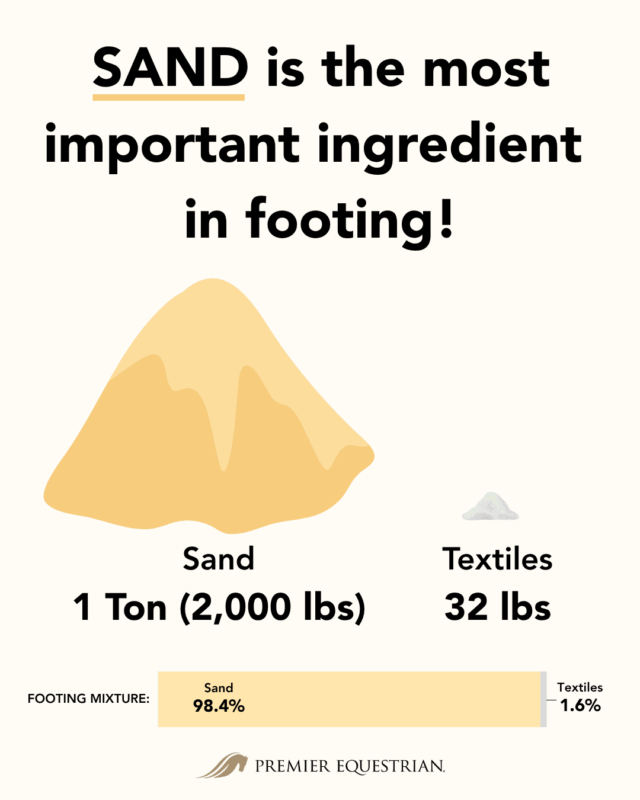
Common Misconceptions About Arena Footing
Some farriers and veterinarians mistakenly blame footing materials for injuries. However, Heidi Zorn recently emphasized at The Equine Sports Medicine Symposium that:
- Injury risk often stems from footing that lacks balance—not just additive content
- Overused or improperly maintained competition surfaces are often the real issue
- Sand quality is rarely scrutinized enough when problems arise
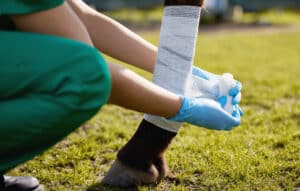
Should You Use Horse Show Footing at Home?
Horse show footing is designed for high-traffic, short-term performance. It:
- Packs tightly to hold up under many rides per day
- Is often made with fine silty sand and fiber
- May lack proper shock absorption for daily training
⚠️ Beware: Prolonged riding on such footing can strain tendons and affect biomechanics. What works for competition may not be ideal for your home arena.
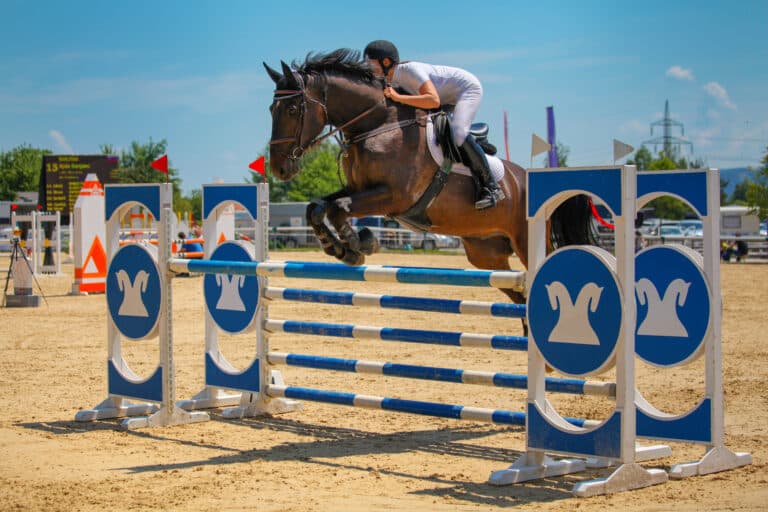
Characteristics of High-Quality Footing (FEI Guidelines)
The FEI outlines these as essential:
- Firmness: A stable, compacted base
- Cushion: Shock absorption to protect joints
- Rebound: Energy return to reduce fatigue
- Stability: Consistency across the surface
- Uniformity: Same feel from corner to corner
Tailored Footing Solutions from Premier Equestrian
No two riders or facilities are alike. That’s why Premier Equestrian begins with a full evaluation of your:
- Riding discipline (dressage, jumping, western, etc.)
- Frequency of arena use
- Watering capabilities
- Dragging and maintenance equipment
With access to over 400 sand quarries nationwide, we match the right sand with the best fiber products to meet your goals and budget.
FAQs
What’s the ideal sand-to-fiber ratio for arena footing?
98.4% sand and 1.6% fiber for balance, stability, and shock absorption.
Can fiber additives cause horse injuries?
No—injuries are more likely caused by poor sand quality or unsuitable footing for the horse’s workload.
Is competition footing good for everyday training?
No. Show surfaces are designed for short bursts of activity—not long-term use. Daily riding requires a more forgiving, stable footing.
Conclusion
Fiber footing products are excellent enhancers, but the foundation of great footing is always high-quality sand. With proper guidance, sand selection, and additive matching, you can create a training surface that protects your horse, supports performance, and lasts for years.
Ready to improve your arena footing?
Schedule a free consultation or submit your sand for a free analysis to get expert recommendations tailored to your riding needs.



